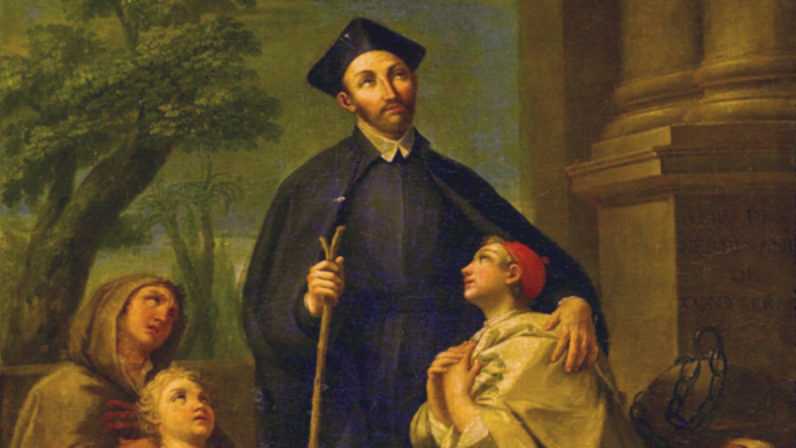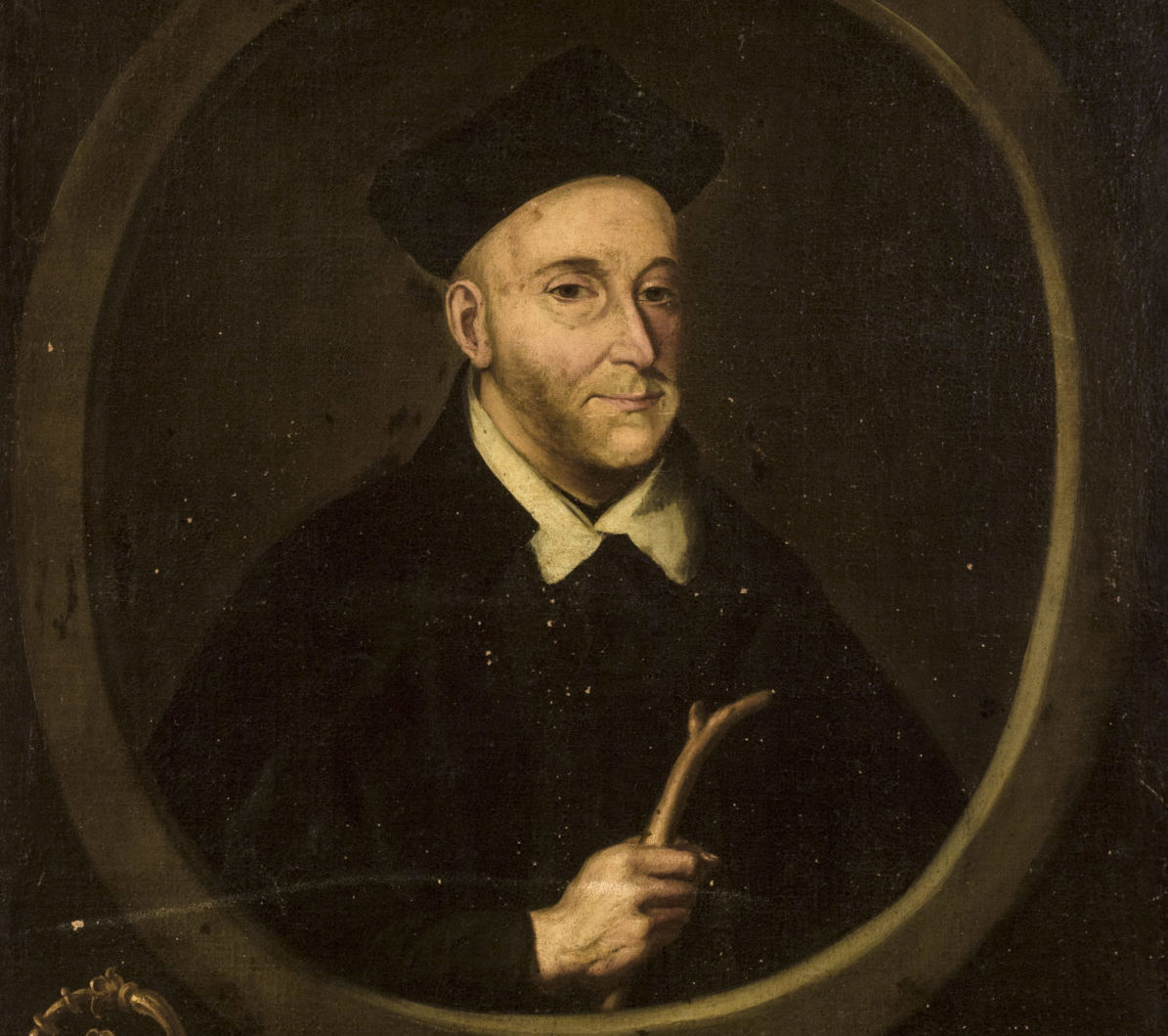This evening at 20:00, the Venerable Fernando Contreras will again be memorialized in a mass led by Manual Cotrino Bautista, capitular and priest of the Church of the Tabernacle. At the end, he will enter the Cathedral to make a floral offering before the sepulchre of the Blessed.
Father Gabriel de Aranda highlights the human and spiritual profile of one of the most distinguished sons of the Church in Seville: the Venerable Fernando de Contreras, who is, moreover, a key figure in understanding the path of San Juan de Ávila through Andalucía.

“A secular priest of the utmost perfection, a man so pure, as if he were an angel; so poor, as if for him worldly goods did not exist; so benevolent with his neighbors, as if all external need was borne by him; so zealous to honor God, as if all honor were in his sole charge; so attentive to the salvation of others, as if the sole of each person were his soul.”
Fernando de Contreras was born in Seville around 1470 into a Christian family and was baptized in the parish church of San Gil. Very little is known from his childhood, but he was from a humble family and was indoctrinated into the teachings of the Catholic Church. He had to abandon his studies in primary school in order to help his father. in 1488, he embraced the ecclesiastical call and, thanks to a benefaction in Olvera, given by Archbishop Diego Hurtado de Mendoza, in 1492 he was able to finish his ecclesiastical training and be ordained into the priesthood in 1499. He later forewent the benefaction and returned to Seville, where he celebrated his first mass in the Virgen de la Antigua Chapel of the Cathedral. In Seville he studied Grammar, Humanities, and Ethics, and was appointed Choir Chaplain at Seville Cathedral.
Cardinal Cisneros, one of the greatest touchstones in the Church and society of his time, offered him the opportunity to study at Universidad de Alcalá de Henares, and it was there that he met two key figures in his life: Lady Teresa Enríquez de Alvarado and a very young Juan de Ávila.
Installed in Torrijos, he served the poor and sick with financial help from Enríquez de Alvarado, who trusted Contreras with one of his greatest worries, the redemption of those held captive in North African prisons, mainly children. With this logistical coverage in place, Father Contreras would make eight trips to the Berber territories, returning with many whom he had rescued. But his care for children would not be limited to these journeys across the Strait. He would also secured the creation of the Colegio de San Isidoro from Archbishop Alonso Manrique de Lara, would take in orphan children, and composed a catechism surrounding the Christian doctrine regarding this age group.
He passed away in Seville’s Santa Marta hospital, where he spent his final days, and his burial comprised a public demonstration of the popularity he had enjoyed in his lifetime, his casket carried on shoulders to Seville Cathedral, where he was buried and within whose walls hang various paintings dedicated to the service of God, among them his portrait painted in 1541 by Luis de Vargas. Following a funeral solemnity, customary for the Chapter, his remains rest in a favored location within the Cathedral, between the High Altar and the Quire “as if it were his prebendary,”

